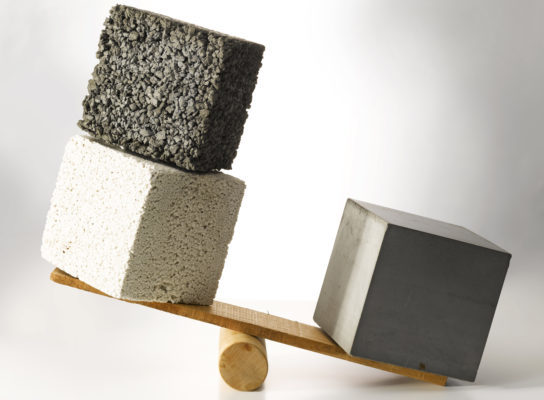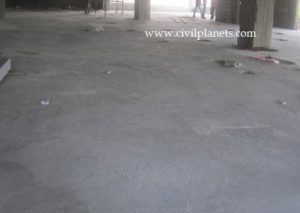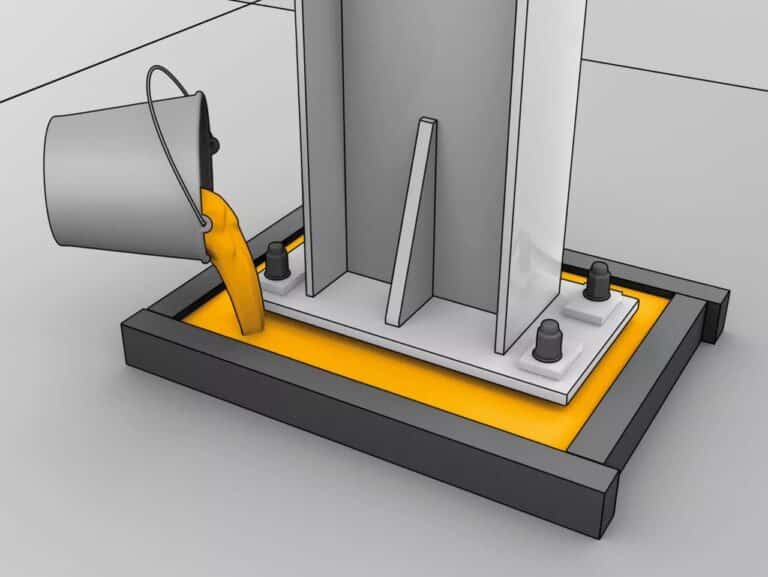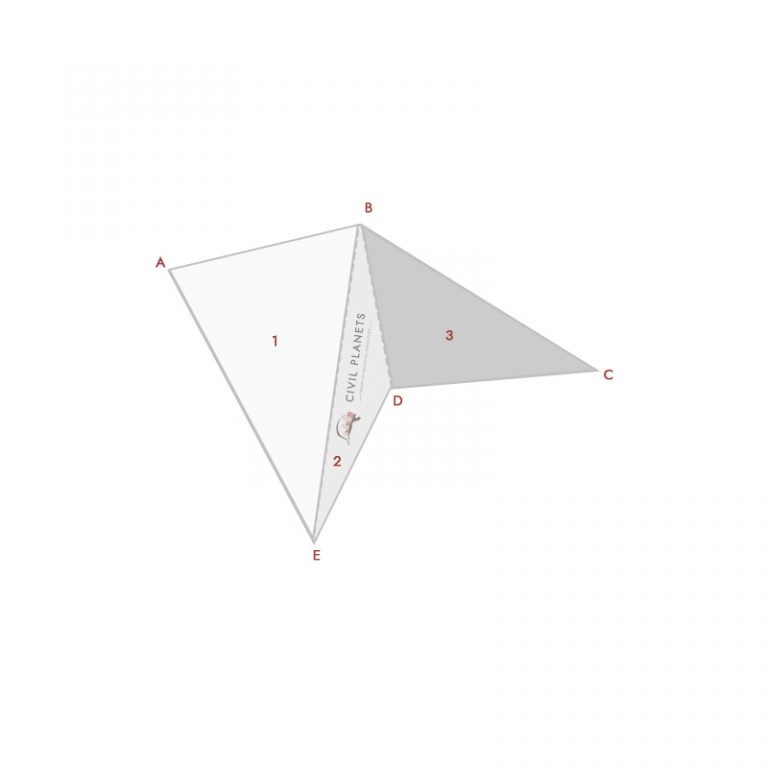Contents of the Article
show
What is Lightweight concrete?
Lightweight aggregates are placed instead of coarse aggregates in concrete is called Lightweight concrete. The density of lightweight concrete in the range between 300 to 1850 Kg/cum and the average concrete density 2200 to 2500 Kg/cum.
Based on the design requirement, we can manufacture the lightweight concrete with the compression strength from 1 MPa to 35 MPa. (MPa – Megapascal)

Lightweight aggregates are classified into two types.
| Natural Lightweight Aggregates | Artificial Lightweight Aggregates |
| Pumice | Artificial Cinders |
| Diatomite | Coke |
| Scoria | Foamed Slag |
| Volcanic Cinders | Bloated Clay |
| Rice Husk | Thermocole beds |
Where can we use Lightweight concrete?
- Floor finish
- Partition wall
- Deck Slab (Podium Slab)
- Balconies & Terrace
- Instead of brickbat coba (Weathering course on Terrace)
Benefits of Lightweight concrete
- It reduces formwork, so it is economically useful.
- Excellent fire resistance property.
- Lightweight concrete having sufficient compressive strength.
- Lightweight concretes have excellent thermal insulating properties compared to concrete.
- It reduces the dead load of the structure.

Drawbacks of Lightweight concrete
- The aggregates have different water absorption, so it is critical for deciding the water-cement ratio.
- Less workability and durability.
Happy Learning 🙂



